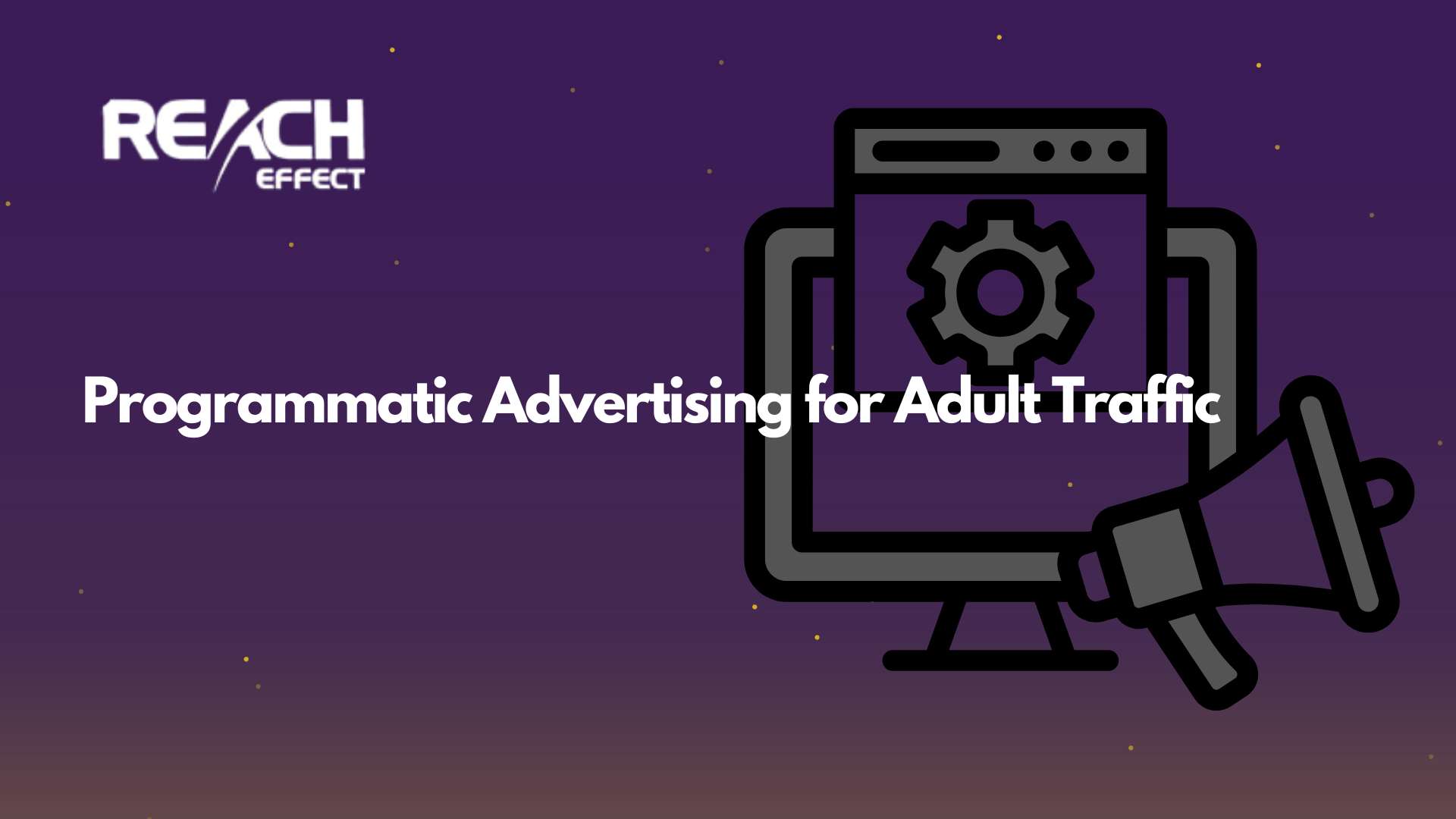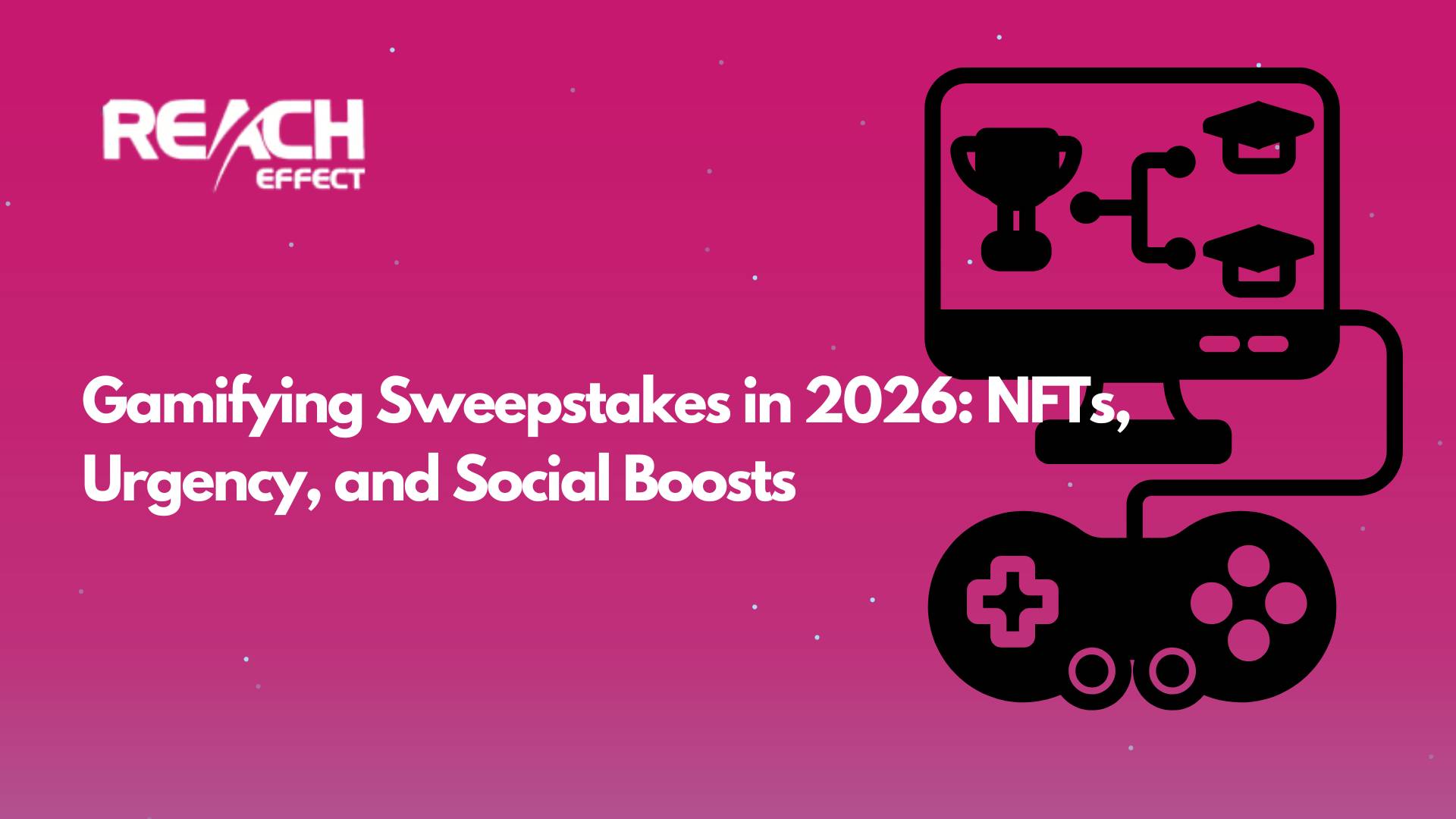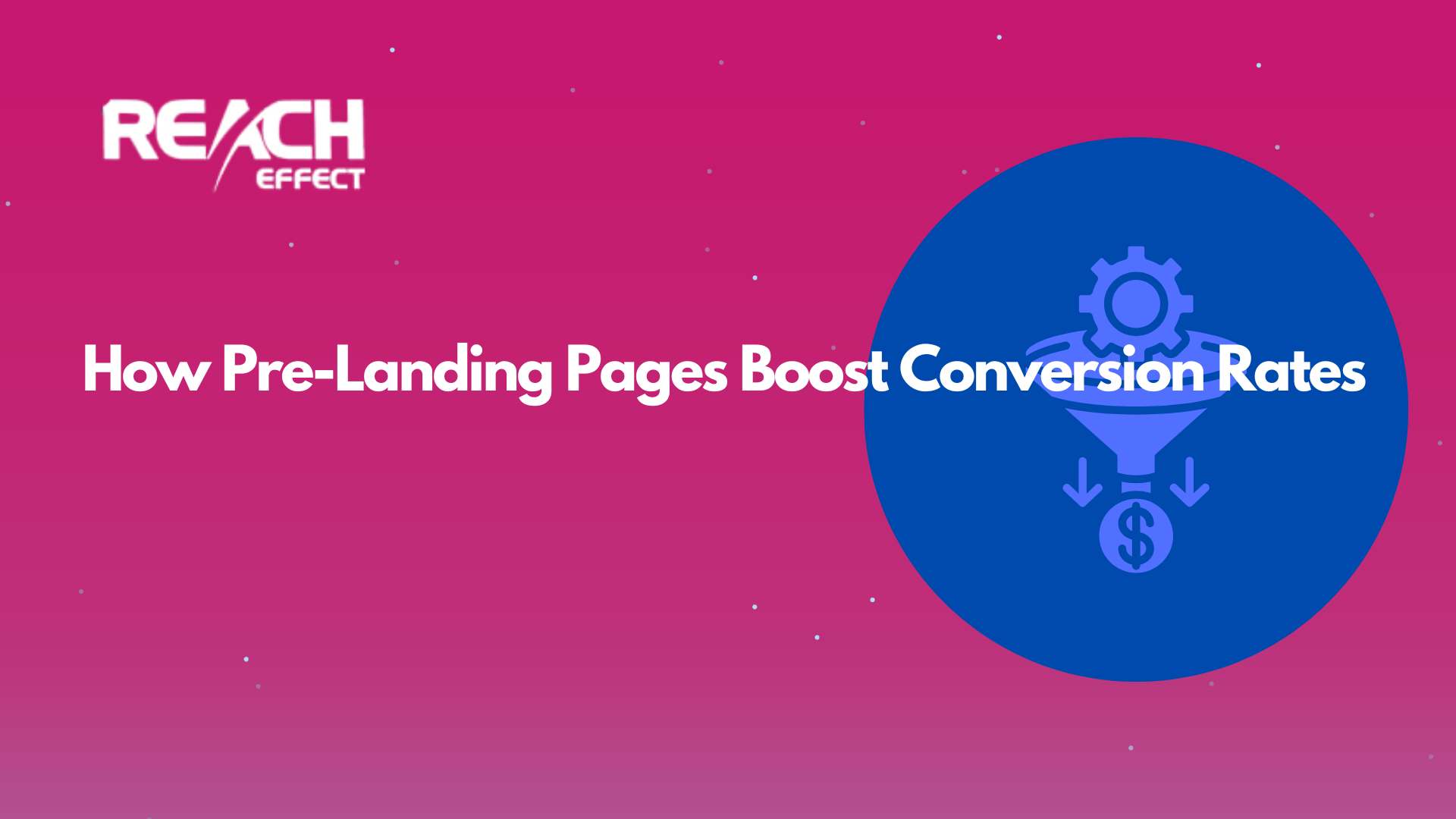Affiliate marketing is a wonderful way to earn income by promoting products or services you enjoy. To succeed, you need to know a few tricks of the trade. One of those is affiliate link cloaking. If this term is new to you, don’t worry. It’s not as complicated as it might sound.
Thank you for reading this post, don't forget to subscribe!In this article, we’ll explore what affiliate link cloaking is, why it’s so valuable, and how it can improve your affiliate marketing efforts. We’ll also mention how Reacheffect can assist you in managing your links like a pro. Let’s jump in and uncover everything you need to know about this strategy.
Understanding Affiliate Link Cloaking
Affiliate link cloaking, also called URL cloaking, is all about disguising your affiliate links. Typically, an affiliate link looks long and cluttered, something like https://example.com/?aff=yourID123. It’s obvious that it’s tied to a commission, and it doesn’t look very appealing. With cloaking, you transform that messy link into something simple and professional, like https://yourwebsite.com/recommends/product. The result is a link that’s easier on the eyes and tied to your own site.
Picture it like putting a shiny new cover on a book. The story inside stays the same, but it looks much more inviting. That’s what affiliate link cloaking does for your links. It keeps the function intact while improving the presentation.
Why Affiliate Link Cloaking Matters
You might wonder why you should bother with affiliate link cloaking. There are plenty of good reasons, and they all add up to better results for your affiliate marketing. Let’s go through the main benefits one by one.
Cleaner and Friendlier Links
First off, cloaked links just look nicer. Those long affiliate URLs can seem spammy or untrustworthy to people browsing your site. A shorter, branded link like yourwebsite.com/go/product feels more polished. When your links look clean, people are more likely to click them. More clicks can lead to more commissions, which is the whole goal.
Safeguarding Your Earnings
Another big reason to use affiliate link cloaking is to protect your income. Some folks might try to remove the affiliate part of a link before clicking it. If they do that, you miss out on the commission you deserve. By hiding the affiliate details with URL cloaking, it’s much harder for anyone to tamper with your link. It’s a simple way to make sure you get credit for your hard work.
A Little Boost for SEO
Search engines like Google favor URLs that are easy to read and relevant. Cloaked links blend naturally into your website, which could give your pages a slight edge in search rankings. It’s not a game-changer on its own, but it’s a small perk that can help your site stand out.
Easier Tracking of Clicks
Cloaking your links also opens the door to link tracking. You can see how many people click your links and where they’re coming from. This is super helpful for figuring out what’s working in your marketing.
Building Trust with Your Readers
People tend to trust links that look familiar and safe. A cloaked link branded with your website’s name feels more reliable than a random string of characters. When your audience trusts you, they’re more likely to click and buy. Affiliate link cloaking helps you create that sense of confidence.
How to Get Started with Affiliate Link Cloaking
So, how do you actually cloak your affiliate links? There are a few methods to choose from, depending on your comfort level and needs. Here’s a quick rundown of the options.
Plugins for Simplicity
If you run a site on WordPress or a similar platform, plugins are an easy solution. These tools let you create cloaked links without much effort. You pick a custom ending for your URL, like /recommends, and the plugin handles the rest. Many also include tracking features, so you can keep an eye on your link performance. Plugins like Prettylinks or BetterLinks work well.
Manual Redirects for Control
For those who don’t mind a bit of hands-on work, manual cloaking is an option. You set up a page on your site, say yourwebsite.com/go/product, and add a redirect to the original affiliate link. When someone clicks, they pass through your site before landing on the affiliate page. It takes some setup, but it gives you full control over how your links look.
Platforms Like Reacheffect
A third way is to use a link management tool like Reacheffect. This is perfect if you want cloaking plus extra features like analytics. With Reacheffect, you can create branded links, track their success, and manage multiple campaigns in one spot. It’s a great choice for anyone juggling lots of affiliate links.
Tips for Cloaking Success
To make affiliate link cloaking work for you, follow these simple tips.
- Be Honest: Let your audience know you’re using affiliate links. A quick note or disclaimer keeps things clear and builds trust.
- Choose Clear Slugs: Use endings like /recommends/product-name so people know what to expect when they click.
- Check Your Links: Test them regularly to ensure they’re working. A broken link means lost opportunities.
- Track Results: Keep an eye on how your links perform. Tools like Reacheffect can show you what’s clicking with your audience.
- Update as Needed: Affiliate programs can change their links. Stay on top of updates to keep everything running smoothly.
Mistakes to Watch Out For
Cloaking is great, but there are a few slip-ups to avoid.
- Cloaking Everything: Don’t hide every link on your site. It can look odd and confuse your visitors.
- Skipping Disclosure: Always mention that your links are affiliate ones. It’s the right thing to do and often a legal must.
- Neglecting Maintenance: If a link breaks, fix it fast. Outdated links hurt your credibility.
- Vague URLs: Skip generic endings like /go/xyz. Specific names are better for users and search engines.
Final Thoughts
Affiliate link cloaking is a straightforward strategy that can really pay off. It makes your links look good, protects your commissions, and keeps your audience happy. Whether you use a plugin or set up redirects, you’ll see the difference it makes. Give it a try, and you might be surprised at how much it boosts your affiliate marketing success. Happy promoting!









